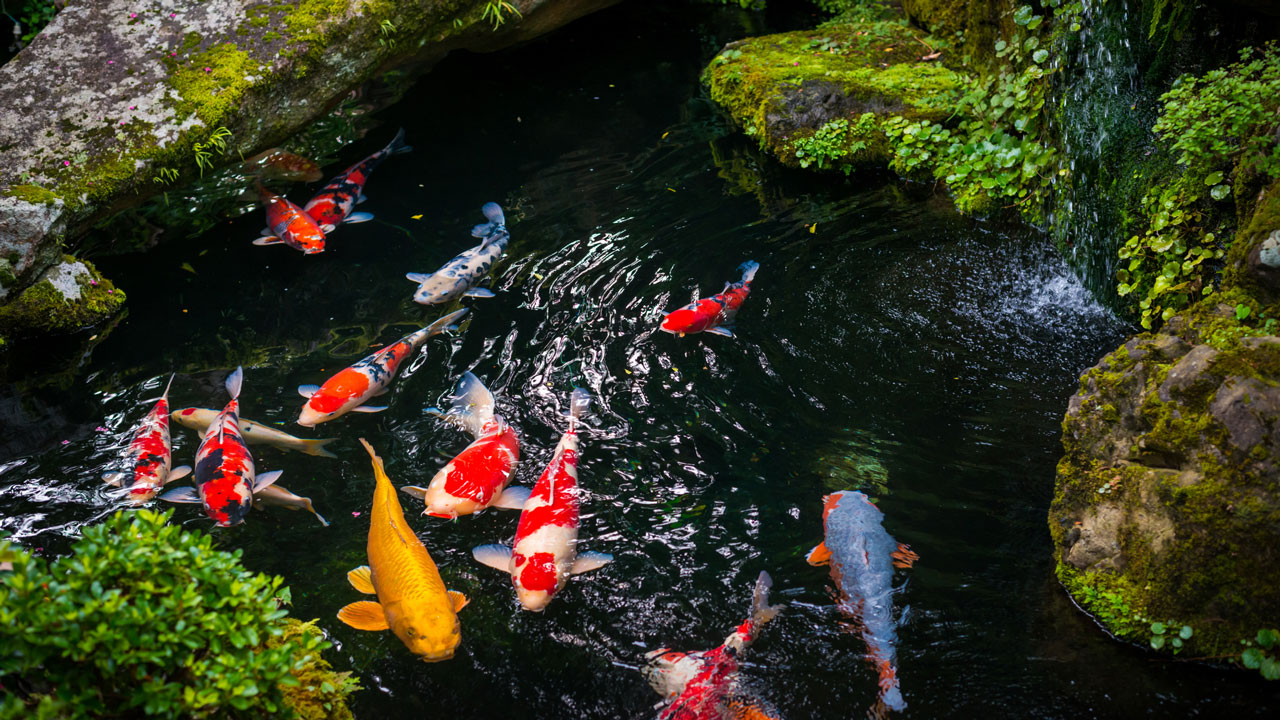
Koi ponds offer a peaceful retreat for both the fish and their owners, blending aesthetic beauty with the soothing sounds of water. This comprehensive guide covers essential design considerations, installation tips, and care practices to ensure your koi thrive in their new home.
Design Ideas For Koi Fish Pond
Designing a koi fish pond in your backyard can transform your outdoor space into a tranquil, living artwork. Here are several design ideas that cater to both the needs of koi fish and the aesthetic appeal of the pond:
Naturalistic Ponds
A naturalistic koi pond mimics the look and feel of a natural body of water, with irregular shapes, varied depths, and a blend of aquatic plants. Incorporate a gently sloping bottom for easy cleaning and to facilitate the health of your koi. Use natural stone for edging and include a variety of submerged, marginal, and floating plants to create a balanced ecosystem. A naturalistic pond not only provides a habitat for koi but also attracts beneficial wildlife, such as frogs and birds.
Formal Ponds
Formal koi pond designs are characterized by their geometric shapes, such as rectangles, circles, or squares, and often feature symmetrical design elements. These ponds are usually lined with concrete or stone and may include sophisticated water features like fountains or waterfalls. Formal ponds work well in traditional or contemporary garden settings, providing a focal point that exudes elegance and simplicity.
Japanese-Inspired Ponds
Drawing inspiration from traditional Japanese garden design, these ponds emphasize harmony, balance, and tranquility. Incorporate elements such as a Tsukubai (water basin), stone lanterns, and bridges to create a serene and meditative space. Plant selection should include Japanese maples, bamboo, and mosses to complement the koi and enhance the tranquil atmosphere. A well-designed Japanese-inspired pond can serve as a peaceful retreat and a place for contemplation.
Pond with Waterfall or Stream
Adding a waterfall or stream to your koi pond introduces movement and sound, enhancing the calming effect of your garden. The flowing water enriches the oxygen content of the pond, which benefits the koi’s health. Design the waterfall or stream with natural rocks and ensure it integrates seamlessly with the pond and surrounding landscape for a cohesive look.
Raised Ponds
A raised pond is constructed above ground level, often with walls made from bricks, stone, or wood. This design offers several advantages, including easier maintenance, enhanced viewing of the koi, and increased safety for the fish against predators. Raised ponds can be designed in various shapes and styles, fitting well into both modern and traditional gardens. They are particularly suitable for small spaces or urban settings.
Multi-Level Ponds
Creating a multi-level pond adds depth and interest to your garden landscape. Water can cascade from one level to another, creating a dynamic visual and auditory display. This design allows for distinct areas within the pond, such as a shallow area for plants and a deeper section for koi. Multi-level ponds require careful planning to ensure water circulation and filtration are effective across all levels.
Integrating Seating Areas
Incorporate seating areas near your koi pond to enjoy the beauty and tranquility of your aquatic garden. Whether it’s a simple bench, a gazebo, or a deck that extends over the pond, having a place to relax and watch the koi swim enhances the enjoyment of your outdoor space. Consider the orientation of the seating for the best views at different times of the day.
Lighting Design
Proper lighting can transform your koi pond into a magical space at night. Use underwater LED lights to highlight the koi and aquatic plants, and install soft landscape lighting around the pond to illuminate paths and features. Choose lights that enhance the natural beauty of the space without being overpowering, creating a subtle and enchanting nighttime environment.
Koi Care and Maintenance
Water Quality Management
Regular testing of pH, ammonia, nitrite, and nitrate levels is essential to keep your koi healthy. Water changes, typically 10-20% of the pond volume per week, can help maintain water quality. Additionally, be cautious with feeding; overfeeding your koi fish can lead to water quality issues.
Health and Well-being
Regular observation of your koi can help you spot any signs of illness or stress early on. Look for changes in behavior, appearance, or appetite as indicators. A well-designed pond with plenty of space, clean water, and proper nutrition is the key to healthy, happy koi.
Seasonal Care
Koi ponds require different care practices depending on the season. In winter, a de-icer or pond heater may be necessary to keep a portion of the pond surface ice-free for gas exchange. In spring, gradually reintroduce your koi to feeding as the water warms up and monitor water quality closely as biological activity increases.
Regular Maintenance and Health Checks
Consistent maintenance is key to a thriving koi pond. This includes not only monitoring and adjusting water quality but also inspecting the physical condition of the pond. Check for signs of wear in the liner, functionality of the filtration system, and the integrity of pumps and electrical connections. Health checks for your koi should be routine, looking for signs of parasites, infections, or other health issues that need to be addressed promptly to prevent spreading.
Ready to Dive into the World of Koi Ponds?
Whether you’re dreaming of a serene Japanese-inspired garden or a lively, naturalistic serene oasis, our team of pond design and installation experts is here to turn your vision into reality. We specialize in creating custom koi ponds that are not only beautiful but also sustainable and easy to maintain. From initial design to final installation and beyond, we provide comprehensive services to ensure your koi thrive in their new home.
Let us help you create a backyard oasis that reflects your style and meets the needs of your koi. With our expertise and your vision, we can transform any outdoor space into a stunning aquatic paradise. Reach out to us today to schedule a consultation and take the first step toward your dream koi pond!
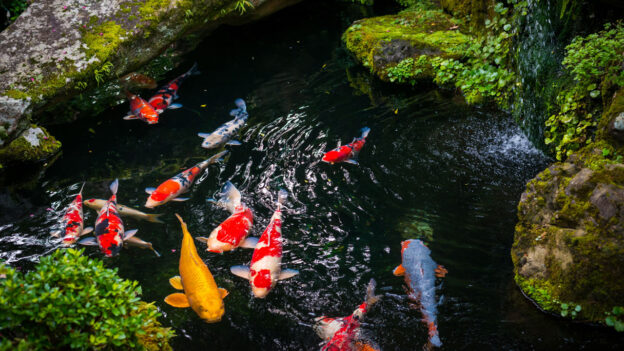
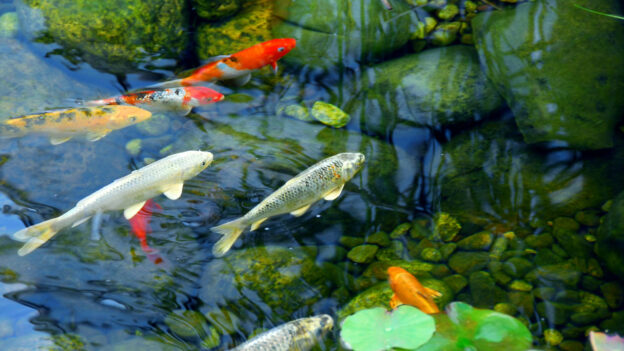
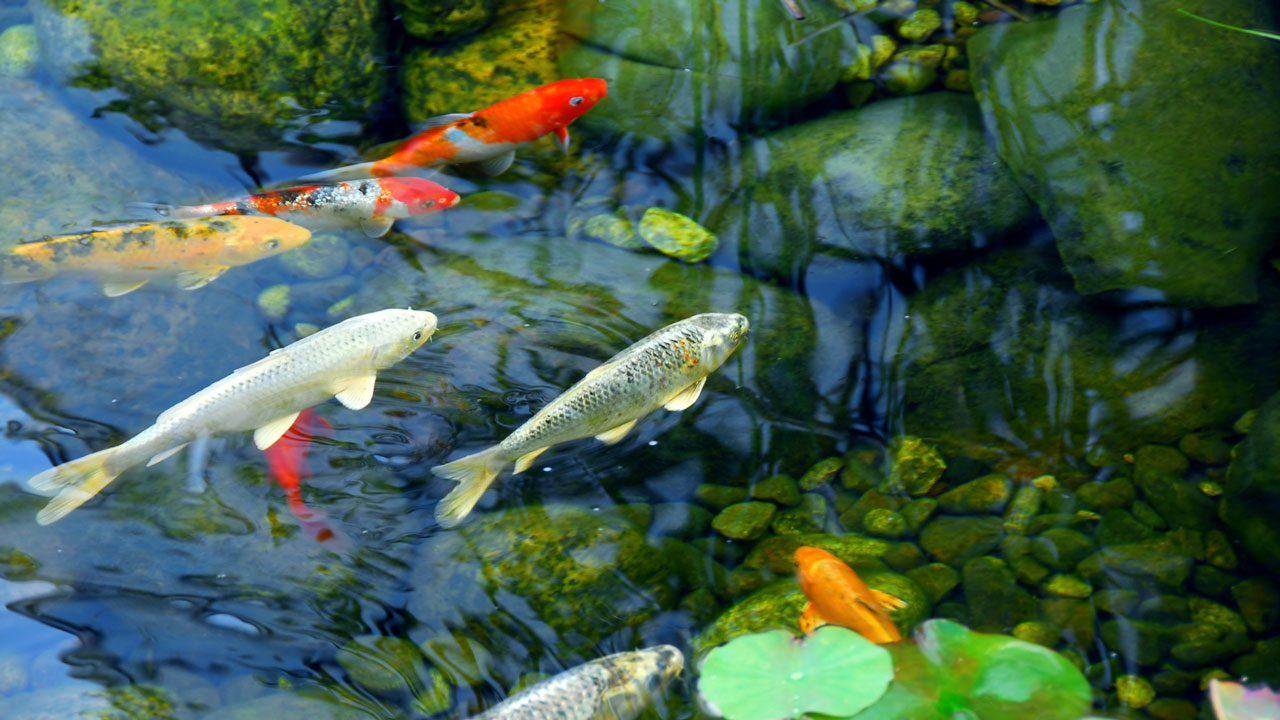 Transforming a small backyard into a tranquil retreat featuring a
Transforming a small backyard into a tranquil retreat featuring a 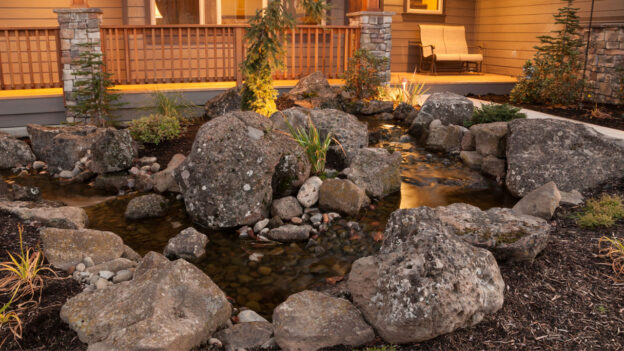
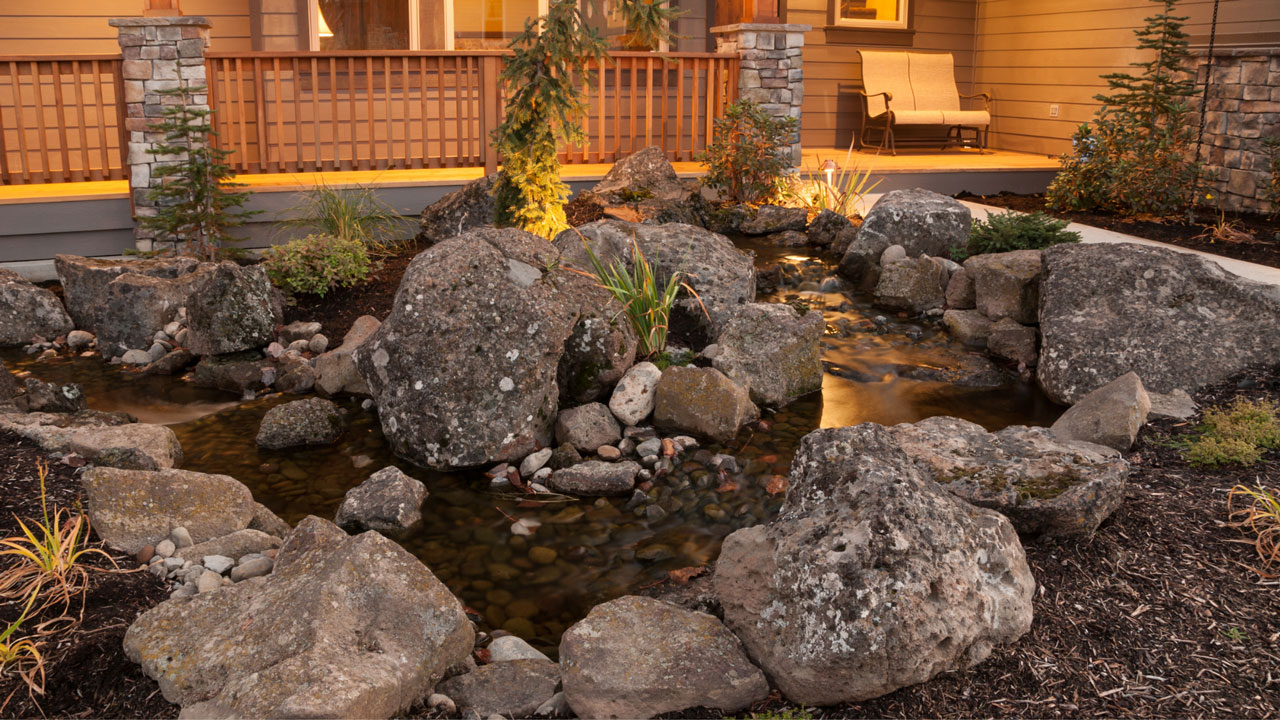 Birdwatching is a beloved hobby for many nature enthusiasts, offering an opportunity to observe the beauty and behavior of our feathered friends up close. If you’re looking to attract more birds to your
Birdwatching is a beloved hobby for many nature enthusiasts, offering an opportunity to observe the beauty and behavior of our feathered friends up close. If you’re looking to attract more birds to your 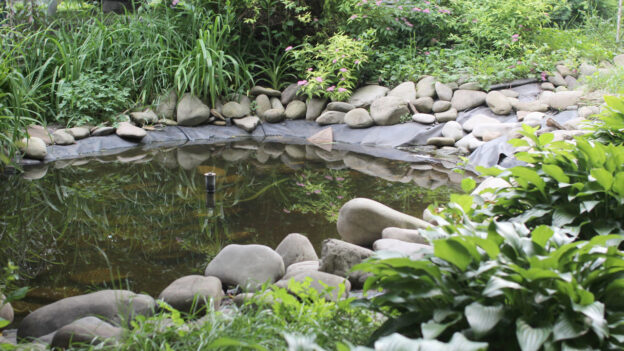
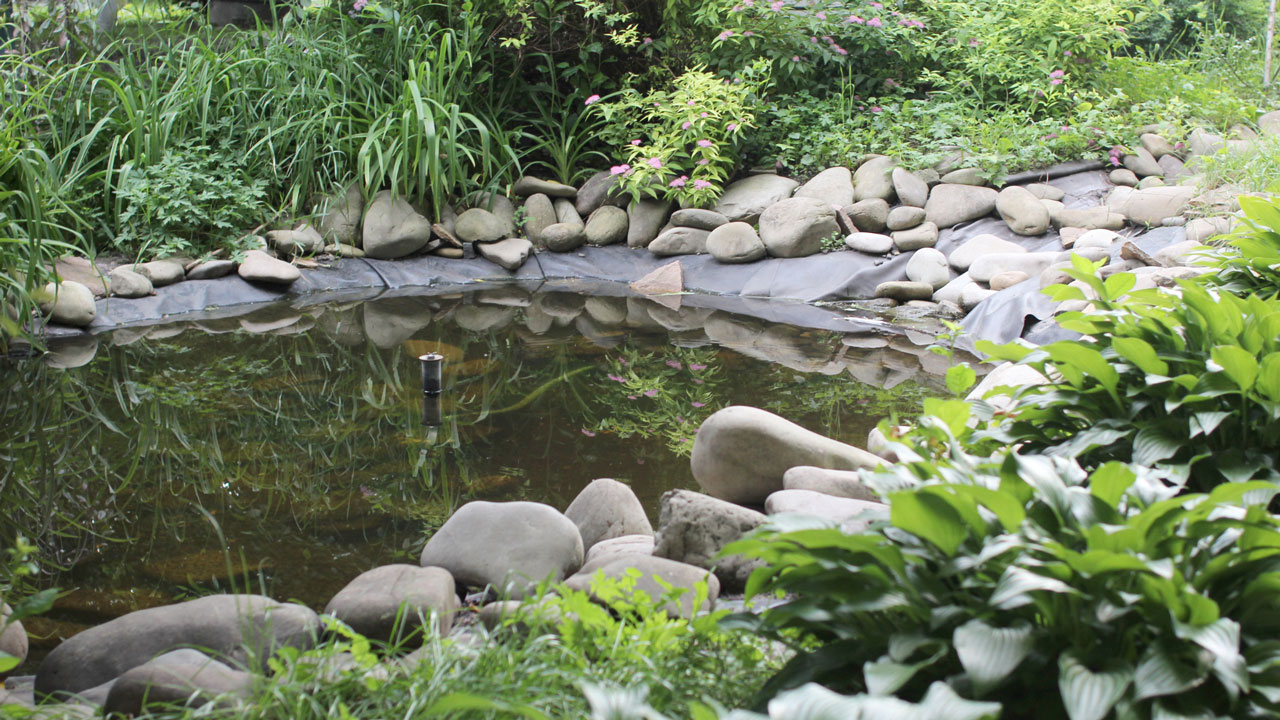 Enhancing your outdoor space with the soothing sounds and captivating visuals of water can transform your backyard into a tranquil retreat. When considering water elements, two popular options emerge:
Enhancing your outdoor space with the soothing sounds and captivating visuals of water can transform your backyard into a tranquil retreat. When considering water elements, two popular options emerge: 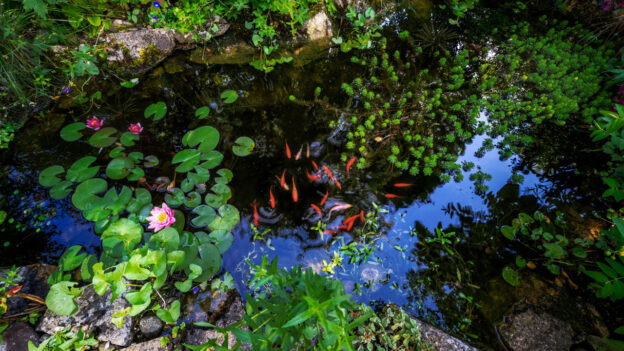
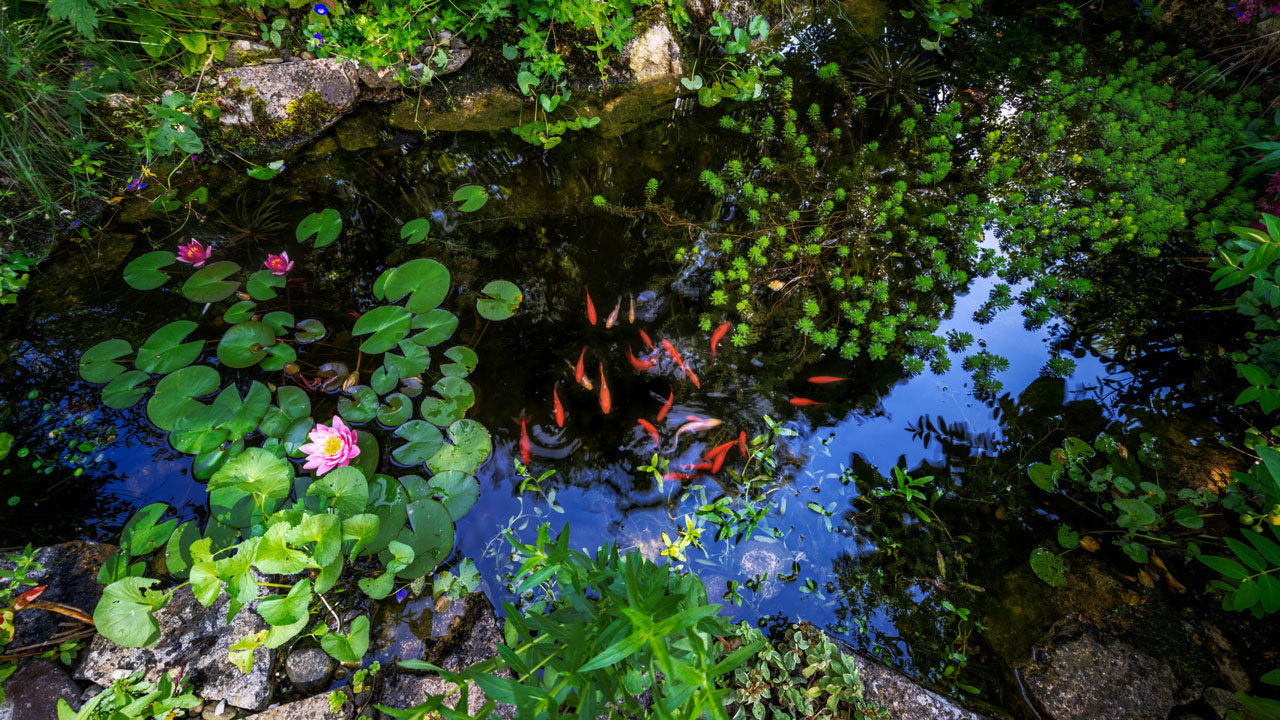 Did you know that stress affects 77% of people in the U.S.? If you’re seeking a tranquil escape, consider
Did you know that stress affects 77% of people in the U.S.? If you’re seeking a tranquil escape, consider 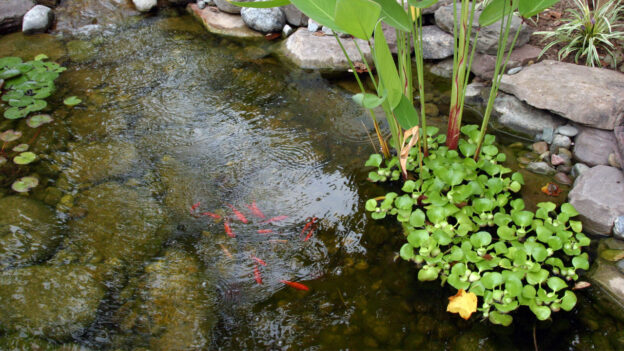
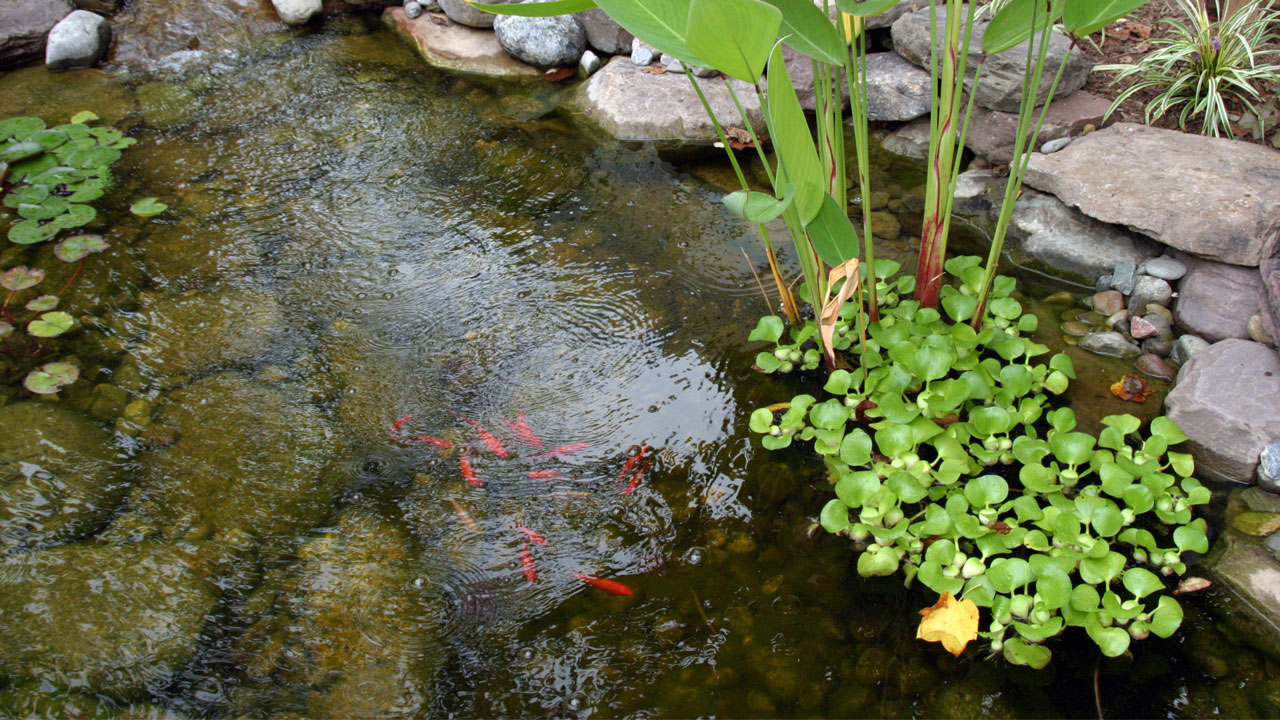 Did you know that
Did you know that 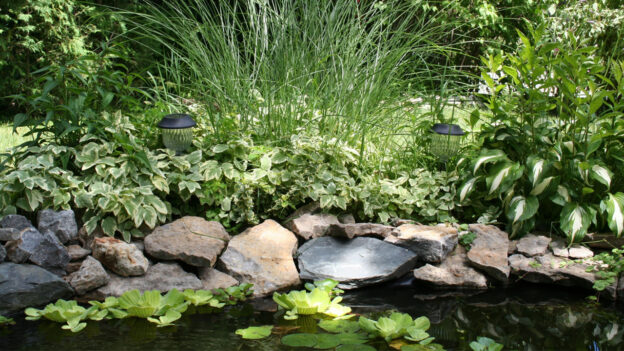
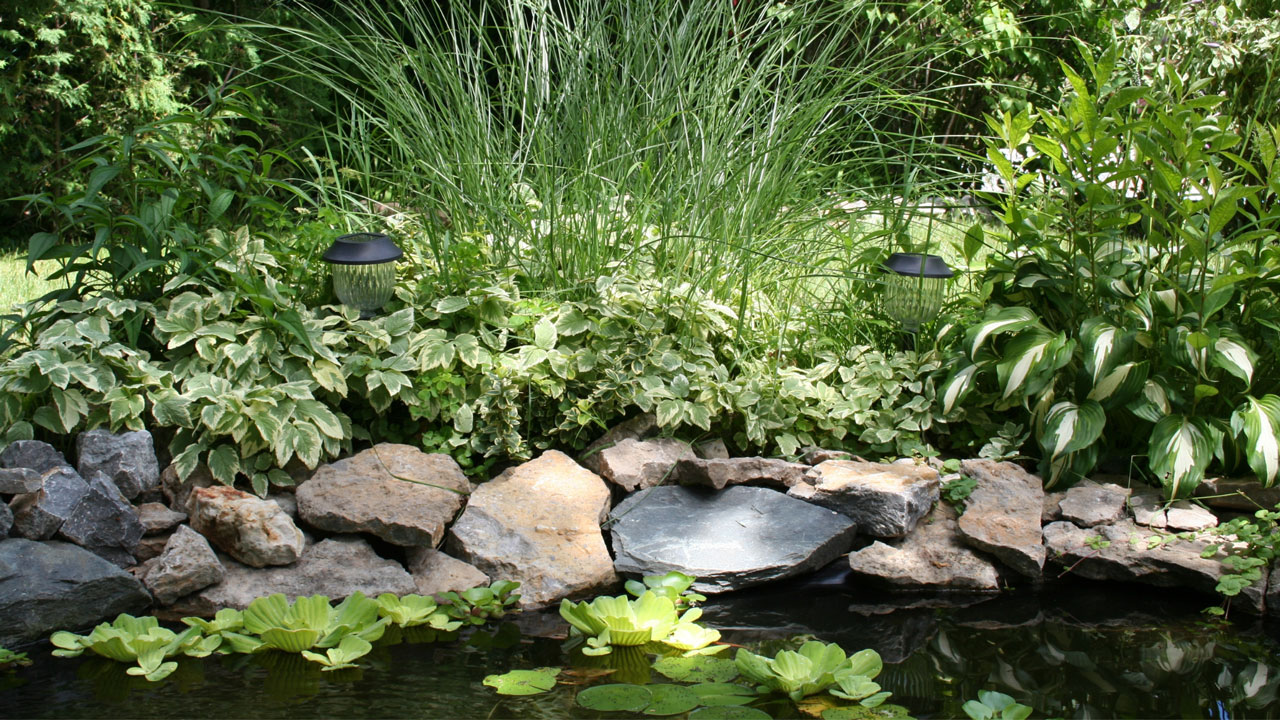 Creating a
Creating a 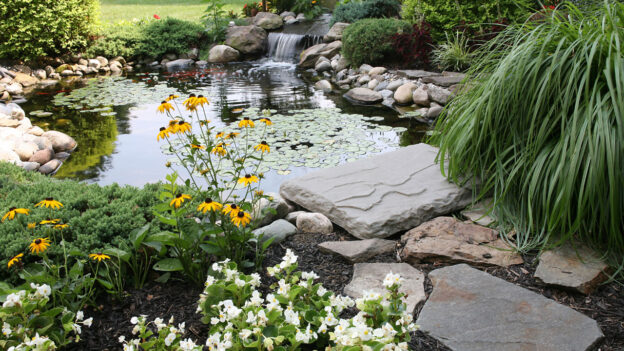
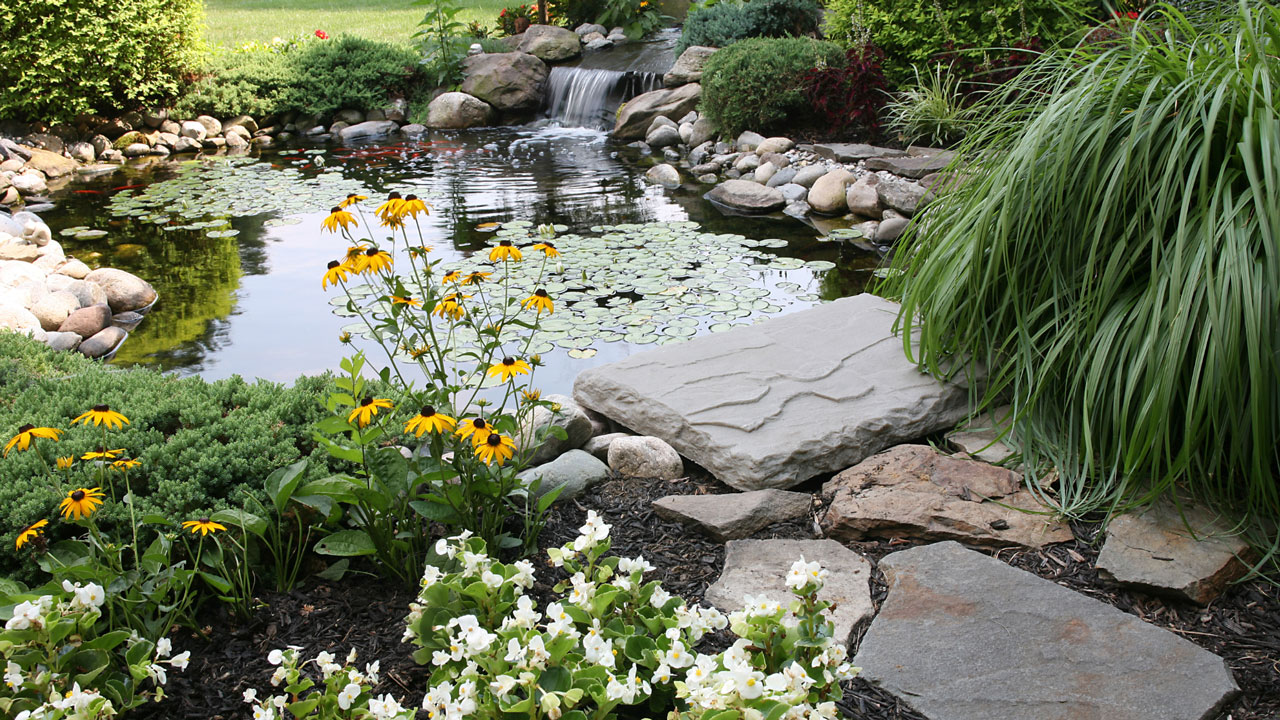 Water plants play a crucial role in enhancing the beauty, ecological balance, and overall appeal of backyard ponds. From providing habitat for wildlife to adding visual interest and improving water quality, incorporating aquatic plants can take your backyard pond to the next level. In this comprehensive guide, we’ll explore the benefits of water plants and provide tips on how to incorporate them effectively into your
Water plants play a crucial role in enhancing the beauty, ecological balance, and overall appeal of backyard ponds. From providing habitat for wildlife to adding visual interest and improving water quality, incorporating aquatic plants can take your backyard pond to the next level. In this comprehensive guide, we’ll explore the benefits of water plants and provide tips on how to incorporate them effectively into your 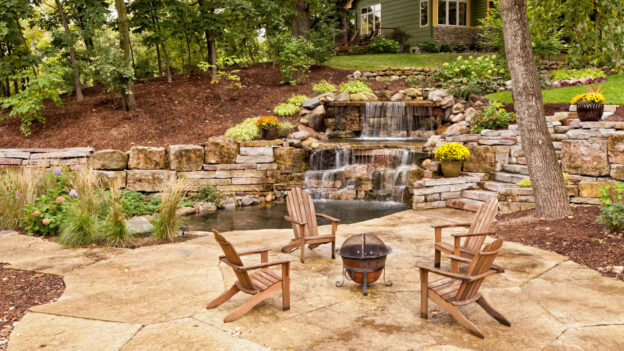
 Did you know that most backyard pond issues stem from inadequate maintenance practices? Keeping your
Did you know that most backyard pond issues stem from inadequate maintenance practices? Keeping your 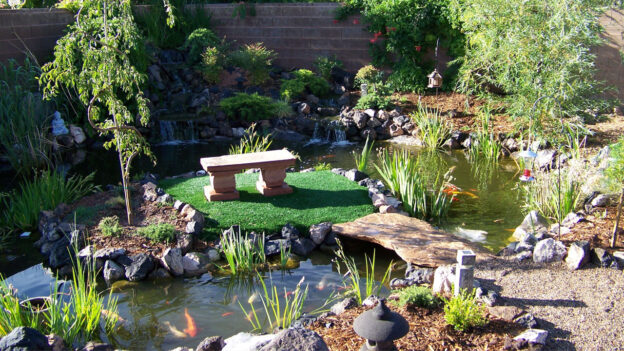
 Creating a backyard oasis is a dream for many homeowners, and one of the most enchanting features you can add to your outdoor space is a stunning backyard pond. Not only does a pond from
Creating a backyard oasis is a dream for many homeowners, and one of the most enchanting features you can add to your outdoor space is a stunning backyard pond. Not only does a pond from